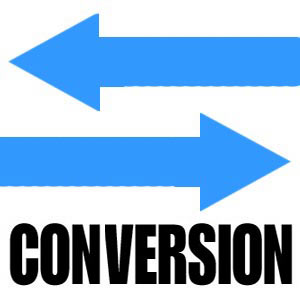The Challenges and Benefits of Automated Lead Generation
 More and more companies are taking advantage of automated lead generation programs since marketing automation software has now proven its worth with countless industry leaders. Savvy businesses that have implemented a comprehensive marketing automation strategy are experiencing up to a 200% increase in their conversion rate.
More and more companies are taking advantage of automated lead generation programs since marketing automation software has now proven its worth with countless industry leaders. Savvy businesses that have implemented a comprehensive marketing automation strategy are experiencing up to a 200% increase in their conversion rate.
Unfortunately, not everyone who uses automated lead generation software will reap the same benefits. Worthwhile lead generation has been a constant struggle for traditional marketers who don’t know how to use the software to its full capabilities, as discussed in Business News Daily’s article from April 23, 2013; Lead Generation B2B Challenges. Businesses that are not aware of how to extract useful information, accurately rank leads, and effectively nurture each lead will struggle to see all the benefits of lead generation.
Lead Generation Challenges
One of the greatest challenges with lead generation is that most marketing automation software systems are underutilized. Companies that don’t utilize a lead’s behavioral and demographic characteristics for lead scoring and customized lead nurturing will not see the results they would expect. Automated lead generation needs to be combined with a full-scale marketing automation program to ensure that every lead is understood and pointed in the right direction.
Benefits of Lead Generation
The benefits of lead generation are pretty obvious; having more leads means a higher potential for sales. However, it is the benefits of automated lead generation combined with a complete marketing automation program that will truly give you a worthwhile return on your investment.
When it is accompanied by a marketing automation program, lead generation is run using automated software that guarantees no lead will be missed. Every person who crosses paths with your website will be captured, profiled, and scored. The software tracks which pages each lead visits, how long they stay on each page, as well as any demographic details that they voluntarily offer through newsletter registries or pop-up questionnaires. Creating pop-up barriers that request leads sign up before they are provided with more valuable content is one of the best practices for fully utilizing lead generation and marketing automation software.
Gain Greater Insight into Leads
Automated lead generation is focused on gathering relevant information on each lead. This will make it easier to identify qualified leads, plus it will provide crucial profiling details that can be used to create more customized lead nurturing content.
The real benefits of lead generation are only realized if the lead is converted into a customer. Automated lead generation combined with marketing automation will offer marketers and sales professionals valuable insight into each lead, so they can use a more personalized approach and increase their chances of conversion.
Although there will be some challenges when it comes to achieving the greatest benefits from automated lead generation, it is still a valuable tool even when it is not used to its full capacity. Using marketing automation software for lead generation will ensure that every lead on your site is identified. When it the program is used to its full intent, it will also gather valuable details on each lead to support lead scoring, lead profiling, and lead nurturing efforts.





